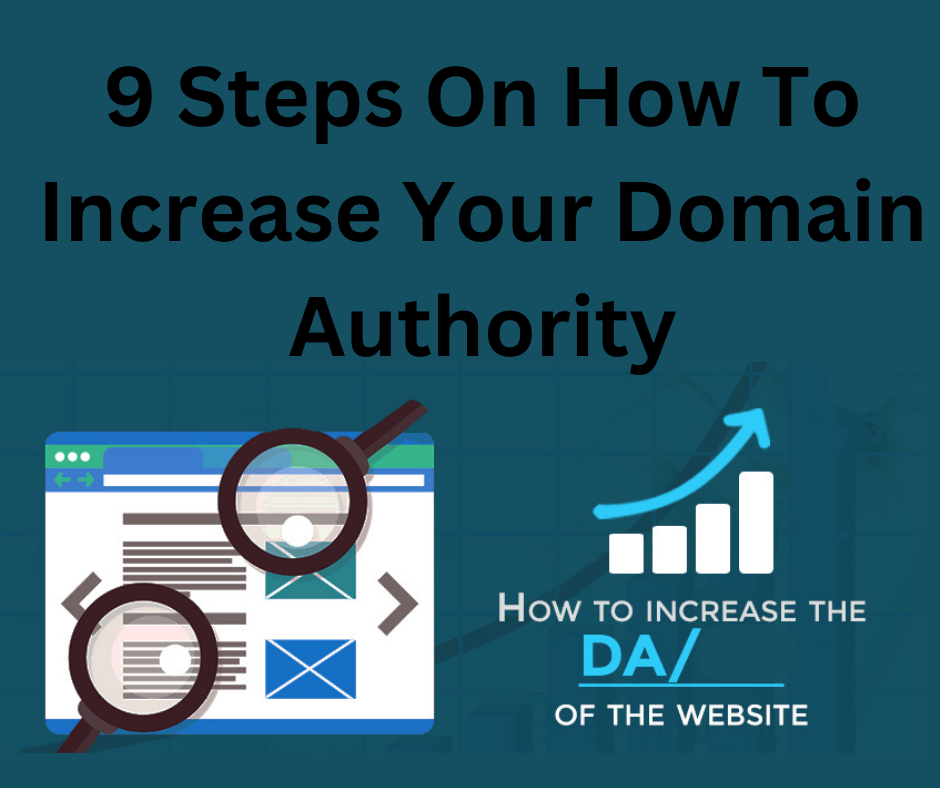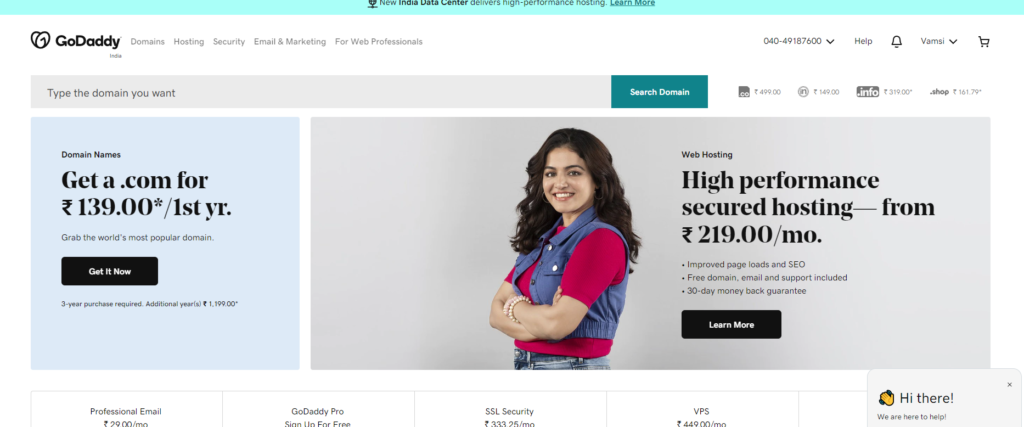
How to Increase Domain Authority!
There are hundreds of factors that Google uses to determine a website’s search engine ranking. Here are nine steps to increase your domain authority. The use of domain authority on a website is one that has gained a lot of importance over time.
Moz came up with the metric of domain authority. You are more likely to get more and better web traffic and a higher search engine ranking if your domain authority is higher.
Your domain authority can also be used to evaluate your SEO efforts and compare your website’s strength to that of your rivals.
Step 1: Choose A Good Domain Name
If you are just getting started, choose a domain name that is relevant to your website.

Take, for instance, our SEOPressor website. The reason our domain contains the word “SEO” is that we are primarily concentrating on the WordPress SEO plugin. In order to prevent visitors from forgetting your domain name, it ought to be something that is relatively simple to remember. To avoid having to age a domain, you might even want to buy an older one.
Step 2: Optimize Your On-Page Content
Optimize Your On-Page Content SEO is important for both your domain authority and Google search engine ranking, so optimize all on-page code, including title tags, image alt tags, and the content itself. Create a sidebar section for new posts, include variations of your primary keywords, and keep all of your permalinks brief and pertinent.
Step 3: Create Linkable Content

Create Linkable Content You need to create high-quality content that is published on a regular basis in order to earn high-quality links from multiple domains, which are important factors for both MozRank and MozTrust. The likelihood that another reputable website will link to your content increases with improved content. This means that your content needs to be creative, informative, well-written, and relevant to both your audience and your brand.
Step 4: Improve Your Internal Linking Structure
Improve Your Internal Linking Structure Many websites overlook the significance of internal links because they are so focused on acquiring external links.
Internal links help visitors find what they’re looking for, making the user experience better. This means that even if they’ve dug deep into your blog post archives, they can still easily use one of your internal links to get to your homepage.
In SEOPressor, we typically employ internal linking by recommending other related blog posts to our readers in case they are interested in learning more about that topic.
Step 5: Remove Bad And Toxic Links
You should search through your link profile on a regular basis to find any backlinks that are harmful or negative and remove them. You will be able to remove links from bad sources, which could end up hurting rather than helping your domain authority.
You should also get rid of any links on your website that don’t work or lead to bad websites because they will also hurt.
Checking every link on your website can be difficult. You can manage all of your links in one place with SEOPressor’s Link Manager, making things easier. You no longer need to check each link individually. On Link Manager itself, on the other hand, you can determine whether your link is Broken or Alive.
Step 6: Make Sure That Your Website Is Mobile-Friendly
Make Sure Your Website Is Mobile-Friendly A lot of people use mobile devices to access the internet. If you haven’t yet optimized your website for mobile use, you’re way behind.
Not only will it hurt your rankings in mobile search engines, but you will also lose a lot of visitors who will simply leave your website when they discover that it is not displayed correctly on their smartphone or tablet.
Step 7: Become An Authority Within Your Niche
Create great content and meaningful social media interactions with your customers and followers to establish yourself as an authority in your field.
You will strengthen the identity of your brand by enhancing your authority’s reputation. This will not only assist in increasing traffic, but it will also increase the number of external links you receive from other high-quality sources.
Step 8: Increase The Loading Speed Of Your Webpages
Improve Your Websites’ Loading Speeds Poor loading speeds can have a negative impact on your bounce rate. The majority of visitors won’t stick around for a page that takes too long to load, and if they lose patience, they’ll leave your website altogether.
The PageSpeed tool from Google Developers can also be used to measure the speed at which your website loads. It will not only look at how fast your website is, but it will also show you how to make it faster and better for users.
Step 9: Promote Your Content Via Social Media
You will need to promote your content on social media in order to obtain social signals because social signals are a significant ranking factor. If you don’t, your content will just sit there by itself on your website.
Make sure to encourage your followers to like, share, or comment on your content when you promote it on your various social media pages. Additionally, you should direct social share buttons to your web pages.


